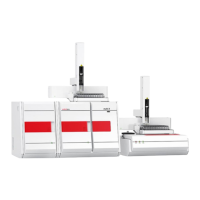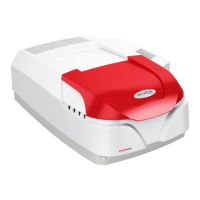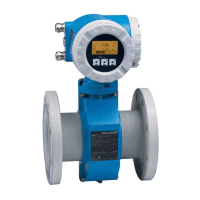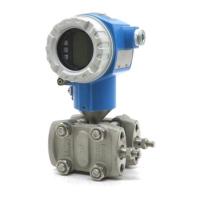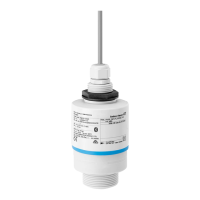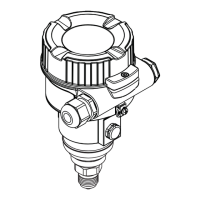multi N/C 2100S Function and setup
33
Two sequential measurements are used in the same sample consecutively to determine
TIC and TC. The calculated difference is given as TOC. The differential method detects
volatile as well as non-volatile organic carbon compounds.
The TOC analysis should be used when the sample contains easily purgeable organic
substances as benzene, cyclohexane, chloroform, etc. The TOC analysis should not be
used when the TIC content of the sample is significantly higher than the TOC content.
Parallel to the TOC detection the TN
b
detection is possible.
3.3.3 TIC analysis
During the TIC analysis the total inorganic carbon from carbonates and hydrocarbonates
as well as free CO
2
is detected.
Cyanides, cyanate, isocyanate and carbon particles are not detected.
An aliquot of the sample is directly dosed into the TIC reactor to determine the inorganic
carbon materials (TIC). The CO
2
is purged and detected.
3.3.4 NPOC analysis
During the NPOC analysis the total non-purgeable organic carbon content of a sample is
detected.
The sample is acidified outside of the analyzer with 2 N HCl (pH 2) and the resulting CO
2
is purged. Afterwards the remaining carbon from the sample prepared in this manner is
determined via combustion.
Parallel to the NPOC detection the TN
b
detection is possible.
Other highly volatile organic compounds are purged with the CO
2
. The NPOC analysis
should not be used when the sample contains easy to purge organic substances.
3.3.5 NPOC analysis according to the NPOC plus method
This method is particularly suited for the detection of low TOC contents in samples with
high TIC contents or a high level of dissolved CO
2
. Generally, the NPOC method is
recommended for the analysis of such samples. With high and, in particular, unknown
TIC contents very long time periods (t > 10 min) may, however, be required for the
complete purging of the CO
2
.
As far as the process is concerned, the NPOC plus method is a combination of the NPOC
and differential method.
As with the NPOC analysis the sample is acidified with 2 N HCl (pH 2) outside the
analyzer. Immediately before the analysis of the sample the greater part of the carbon
dioxide generated is purged externally. Afterwards the remaining organic carbon (TOC)
from the sample prepared in this manner is determined using the differential method.
The TIC value determined using this method is only a calculated variable and of no
analytical relevance.
Parallel to the NPOC plus detection the TN
b
detection is possible.
Highly volatile organic substances are also purged during the first step and not detected.

